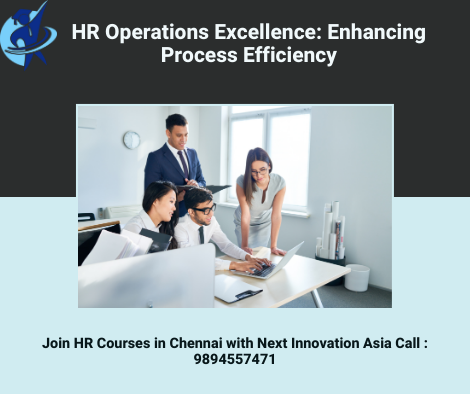1. Streamline Onboarding Processes
- Automated Systems: Use HR software to automate onboarding tasks such as document collection, training schedules, and compliance checklists.
- Standardized Procedures: Develop standardized onboarding procedures to ensure consistency and reduce manual errors.
2. Optimize Recruitment and Hiring
- Applicant Tracking Systems (ATS): Implement an ATS to manage job postings, applications, and candidate communications efficiently.
- Data-Driven Decisions: Utilize data analytics to streamline recruitment processes and improve hiring outcomes.
3. Improve Payroll Management
- Automated Payroll Systems: Adopt automated payroll solutions to reduce errors and ensure timely salary payments.
- Regular Audits: Conduct regular payroll audits to verify accuracy and compliance with tax regulations.
4. Enhance Employee Records Management
- Digital Record Keeping: Transition from paper-based to digital record keeping for easy access, better security, and reduced storage costs.
- Compliance and Privacy: Ensure employee records are managed in compliance with legal requirements and privacy standards.
5. Simplify Benefits Administration
- Integrated Benefits Platforms: Use integrated platforms to manage employee benefits enrollment, claims, and updates efficiently.
- Clear Communication: Provide clear and concise information about benefits to employees to enhance understanding and satisfaction.
6. Optimize Performance Management
- Continuous Feedback: Implement tools and processes that support continuous performance feedback and development.
- Goal Alignment: Ensure performance management systems align with organizational goals and individual employee objectives.
7. Enhance Training and Development
- Learning Management Systems (LMS): Use an LMS to deliver and track training programs, ensuring employees have access to necessary development resources.
- Personalized Learning Paths: Create personalized training plans based on individual employee needs and career goals.
8. Efficient Handling of Employee Relations
- Clear Policies and Procedures: Develop and communicate clear policies for handling employee grievances and disputes.
- Proactive Communication: Foster open communication channels to address and resolve employee issues promptly.
9. Leverage HR Analytics
- Data-Driven Insights: Utilize HR analytics to gain insights into workforce trends, performance metrics, and process efficiencies.
- Informed Decision-Making: Base HR decisions on analytical data to improve overall HR operations and strategy.
10. Foster a Culture of Continuous Improvement
- Feedback Mechanisms: Establish regular feedback mechanisms to gather input from employees and HR staff on process improvements.
- Ongoing Training: Provide continuous training for HR staff to keep them updated on best practices and new technologies in HR operations.
“Next Innovation Asia: Chennai’s top choice for HR training! Achieve certification, develop crucial skills, and get job support. Enroll today!”

